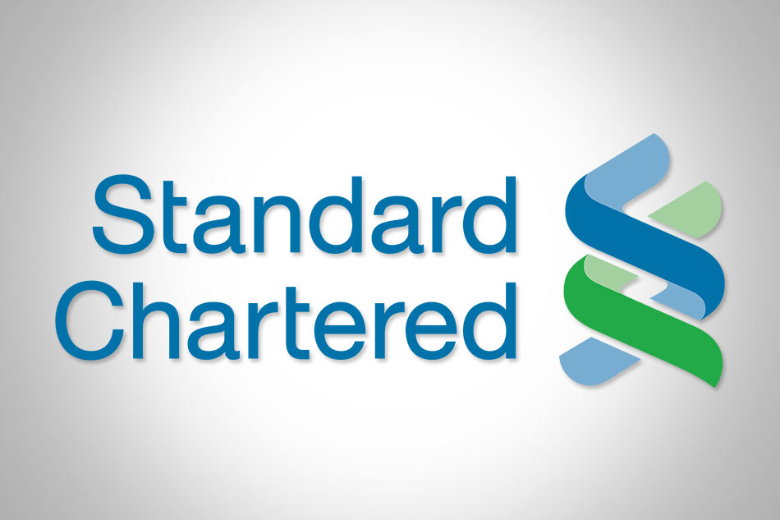
It’s no secret that the cost of living keeps going up, while wages seem to be stuck in neutral. If you’re finding it hard to make ends meet, you may be wondering how you can borrow money from your pension. Fortunately, there are a few ways to do this.
We will discuss the different options available to you and how each one works. We will also provide some tips on how to choose the right loan for your needs. So, if you’re interested in learning more about borrowing money from your pension, keep reading.
What Is a Pension Loan?
 A pension loan is a type of borrowing that allows you to access your pension savings before you retire. You can take out a loan against your pension plan, using the money you’ve saved up as collateral. Pension loans are typically used to cover unexpected expenses or to consolidate debt.
A pension loan is a type of borrowing that allows you to access your pension savings before you retire. You can take out a loan against your pension plan, using the money you’ve saved up as collateral. Pension loans are typically used to cover unexpected expenses or to consolidate debt.
This can be a good option if you need money but don’t want to take on more debt to avoid bankruptcy. The interest rate on a pension loan is usually lower than the interest rate on a credit card or personal loan. And, unlike other types of loans, you don’t have to make regular payments on a pension loan. Instead, the loan is repaid when you retire or leave your job.
How to Apply for a Pension Loan
Contact your pension plan administrator if you’re interested in taking out a pension loan. They will be able to tell you if your plan offers loans and how to apply for one.
Most pension plans have strict rules about who can take out a loan and how much they can borrow. For example, some plans only allow loans for certain purposes, like buying a home or paying for education expenses. And most plans limit the amount you can borrow to 50% of your vested pension benefit.
Vested benefits are the amount of money you’ve earned in your pension plan and are entitled to receive when you retire. If you leave your job before you vest, you may not be able to take out a loan against your pension.

The Different Types of Pension Loans Available
There are two main types of pension loans:
– Single-payment loan: With a single-payment loan, you borrow a lump sum of money and repay it in one payment when you retire or leave your job.
– Installment loan: With an installment loan, you borrow a lump sum of money and make regular payments on the loan, plus interest, until it’s paid off. The loan is typically repaid when you retire or leave your job.
Most pension plans offer single-payment loans, but some also offer installment loans. Contact your plan administrator to find out what type of loan is available through your pension plan.
What to Do if You Can’t Repay Your Loan
If you can’t repay your pension loan, you may have to pay the penalty. The penalty will depend on your pension plan’s rules. For example, some plans may require you to pay back the loan plus interest, while others may only require you to pay back the principal (the amount you borrowed).
In some cases, you may be able to rollover your loan into a new pension plan if you switch jobs. This is called a “portability” option. Not all pension plans offer this option, so check with your plan administrator to see if it’s available.

If you can’t repay your loan and don’t have a portability option, you may have to pay income tax on the loan’s outstanding balance. The amount of tax you owe will depend on your tax bracket.
A pension loan can be an excellent option if you need some cash. But, you should only borrow what you can afford to pay, especially if you opt for an installment plan, so that you can avoid more problems sooner or later.


